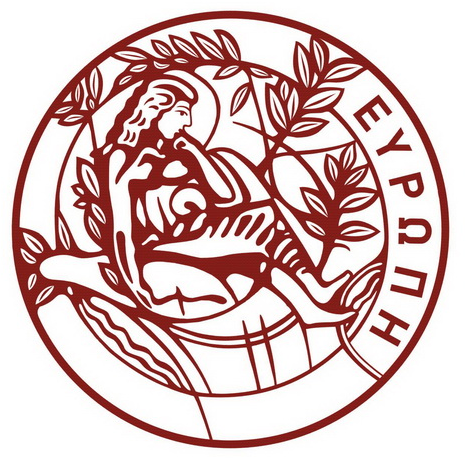PhD Candidate
RAFAELA MARIA GIAPPA
rafaelagiappa@materials.uoc.gr
Phone
Office
Personal web page
Title
Multi-scale simulations and structure-property relationships for nanoparticles in catalysis
Supervisor
REMEDIAKIS IOANNIS, Associate Professor, Materials Science & Technology Dept. - UOC
Committee Members
KOPIDAKIS GEORGIOS, Associate Professor, Materials Science & Technology Dept. - UOC
STOUMPOS KONSTANTINOS, Associate Professor, Materials Science & Technology Dept. - UOC
Abstract
Two urgent, interconnected problems of our times are the exhaust of conventional energy resources and the need to reduce CO₂ emissions and move towards a sustainable carbon emission free economy. Environmentally-friendly reduction of CO₂ to fuels might serve as a solution to both problems. The use of electrocatalysis or photocatalysis for this reaction will result in green fuel production that could rely on renewable energy sources alone. We will consider two classes of materials as catalysts for this reaction: transition metals and halide perovskite semiconductors. These materials promise green, sustainable, and economical chemical processes that are not limited to fuel production. We will study the effect of local atomic arrangement on nanoparticle surfaces on the catalytic activity, and calculate the number of active sites of the nanoparticles as a function of their size and shape. We will simulate surfaces of characteristic perovskites and identify active sites for adsorption, and the presence of localized electronic states that will enhance light absorption. We will focus afterwards to the thermodynamics and kinetics of each reaction, including identification of reaction transition states and activation energies. In close collaboration to experimentalists, we aim to design new catalysts and provide insight into the conditions that favor one reaction over the other, thus helping the improvement of catalyst selectivity. Throughout our study, we will use parallel codes based on Density Functional Theory (DFT) and will employ hierarchical multi-scale simulations using open-source, commercial and home-made codes.


